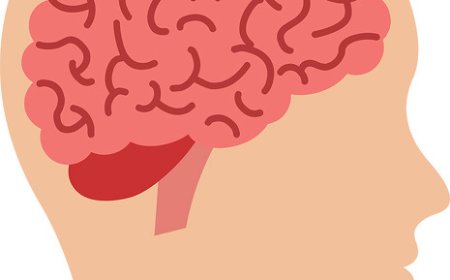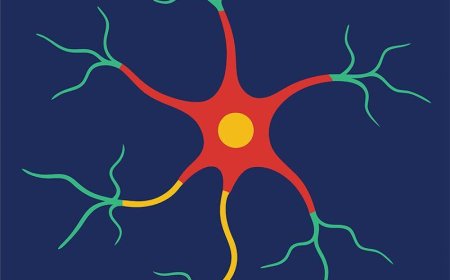Parts of the Skeletal System: Bones, Joints, and Cartilage – A Student’s Guide
Learn about the parts of the skeletal system for kids. Discover how bones, joints, and cartilage work together to support your body, help you move, and protect vital organs.
🦴 Parts of the Skeletal System: Bones, Joints, and Cartilage – A Student’s Guide
The skeletal system is more than just a pile of bones—it’s a powerful, living structure made up of bones, joints, and cartilage that work together to give your body shape and movement. Each part plays a special role in keeping you upright, mobile, and protected. From your head to your toes, these parts form your internal armor and allow you to run, jump, bend, and even sit still.
Let’s explore how each of these parts works and why they matter.
🧱 Bones – The Body’s Building Blocks
Bones are the hard, strong parts of the skeletal system. You have 206 bones as an adult, and they come in all shapes and sizes. Bones are made mostly of calcium and collagen, a tough but flexible protein. Inside many bones is bone marrow, which creates blood cells.
Bones do much more than give your body structure. They:
- Support your body weight
- Protect organs like the brain, heart, and lungs
- Store minerals like calcium and phosphorus
- Work with muscles to create movement
- Produce blood cells in the bone marrow
Bones are living tissue. They grow as you grow, repair themselves when broken, and adapt to your level of activity.
🔗 Joints – Where Bones Meet and Move
A joint is a place where two or more bones meet. Joints allow you to move your body in different ways—like bending, twisting, or rotating. Joints are held together by ligaments, which are strong bands of tissue that keep the bones stable.
There are several types of joints in your body, each allowing a different kind of movement:
- Hinge joint – Like a door hinge, it allows back-and-forth movement
🦵 Examples: knees and elbows - Ball-and-socket joint – Allows rotation and a wide range of motion
💪 Examples: shoulders and hips - Pivot joint – Allows bones to rotate around each other
🦴 Example: neck (turning your head) - Gliding joint – Bones slide past each other
👋 Example: wrists and ankles - Fixed joint – Doesn’t move
💀 Example: bones in the skull
Joints are essential for movement. Without them, your bones would be stiff and locked in place!
🧽 Cartilage – Cushion for Comfort
Cartilage is a smooth, rubbery tissue found in joints and other parts of the body. It acts like a cushion between bones, helping them move smoothly without grinding against each other.
You can find cartilage:
- At the ends of bones in joints
- In your nose and ears (which are mostly cartilage!)
- In the spine, between vertebrae
Cartilage is tough but flexible. It protects your bones from wear and tear, absorbs shock during movement, and helps you stay pain-free while active.
🔁 Working Together: Bones, Joints, and Cartilage
These three parts of the skeletal system work like a team:
- Bones give structure
- Joints allow movement
- Cartilage prevents damage
For example, when you throw a ball:
- Your shoulder’s ball-and-socket joint rotates
- Your bones act as levers
- Your cartilage cushions the motion so you don’t feel pain
This teamwork helps you move easily and keeps your body from getting injured.
🎉 Fun Facts About Skeletal Parts
- Your jawbone is the only bone in your skull that moves
- Babies have more cartilage that turns into bone as they grow
- Ears and noses never stop changing shape because they’re made of cartilage
- The kneecap (patella) is a floating bone held in place by tendons and cartilage
- Your spine has over 30 bones, and cartilage keeps them moving smoothly
🧠 Vocabulary
- Bone – Hard tissue that makes up the skeleton
- Bone marrow – The soft center of some bones that makes blood cells
- Joint – A place where bones meet
- Ligament – Tissue that connects bones at a joint
- Cartilage – Smooth, flexible tissue that cushions joints
- Hinge joint – A joint that moves like a door hinge (elbow, knee)
- Ball-and-socket joint – A joint that allows rotation (shoulder, hip)
- Pivot joint – A joint that allows rotation around an axis (neck)
- Gliding joint – A joint where bones slide past each other (wrist, ankle)
- Fixed joint – A joint that does not move (skull)
✅ Interactive Quiz: Name That Part!
1. What connects bones and lets them move?
A. Muscles
B. Cartilage
C. Joints
D. Tendons
2. What does cartilage do in the body?
A. Builds muscles
B. Makes blood
C. Cushions joints
D. Stores oxygen
3. Which type of joint is found in the shoulder?
A. Hinge
B. Fixed
C. Ball-and-socket
D. Pivot
4. What is inside some bones that makes blood cells?
A. Cartilage
B. Ligament
C. Bone marrow
D. Nerve
5. What holds bones together at a joint?
A. Cartilage
B. Ligaments
C. Skin
D. Arteries
🧒 Kid-Friendly Summary
Your skeletal system is made of bones, joints, and cartilage. Bones give you shape and protect your body, joints let you move, and cartilage keeps everything cushioned. These parts work together like a team so you can run, jump, play, and stay strong!




















































